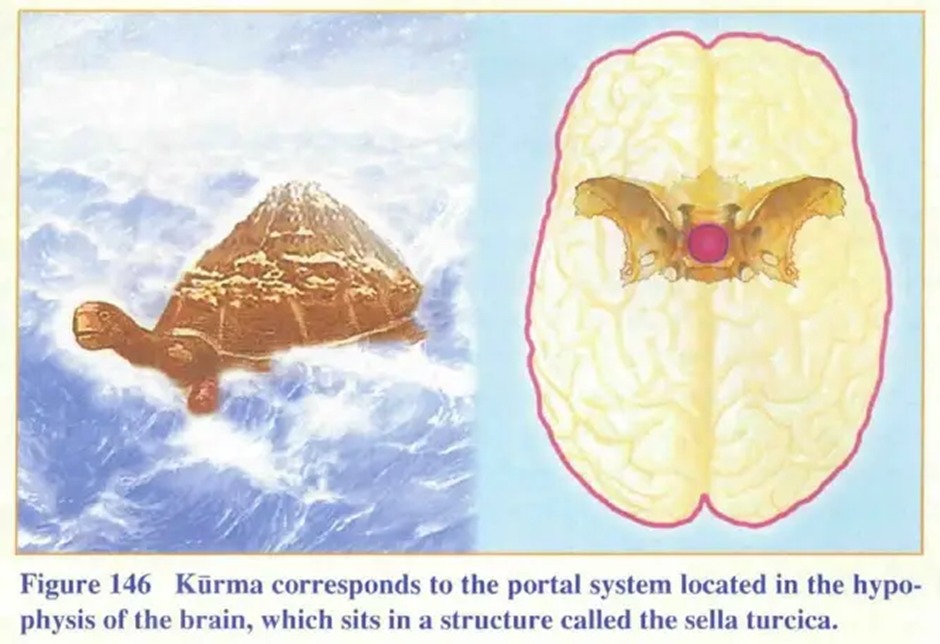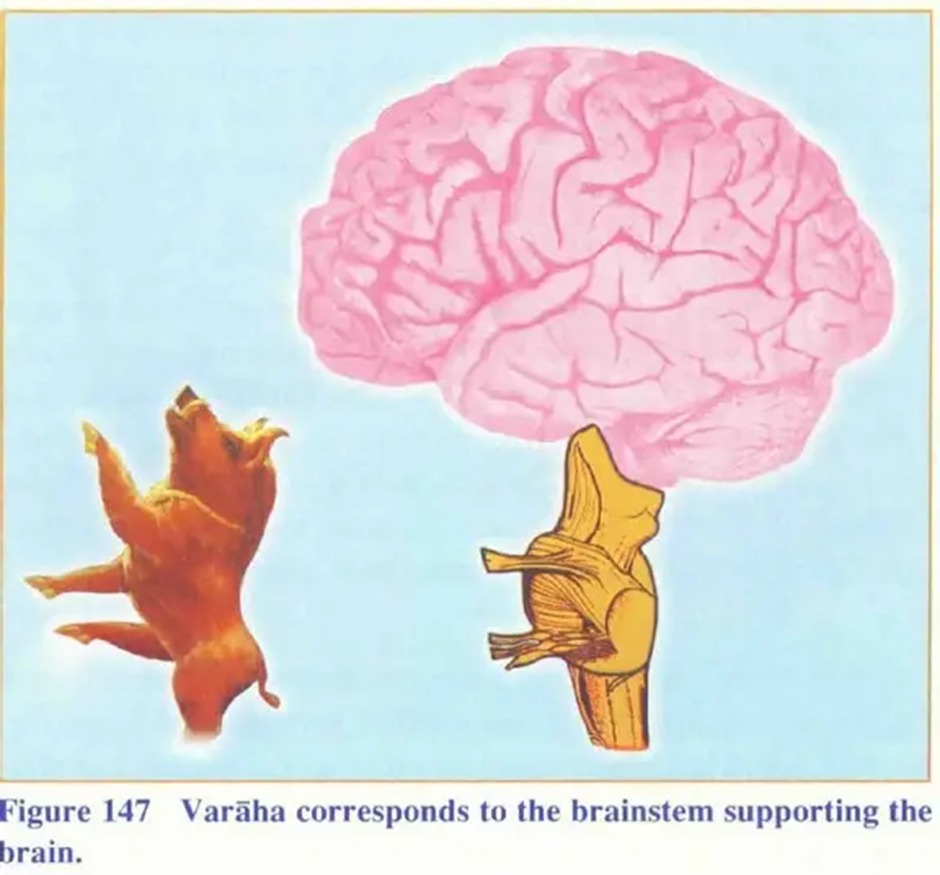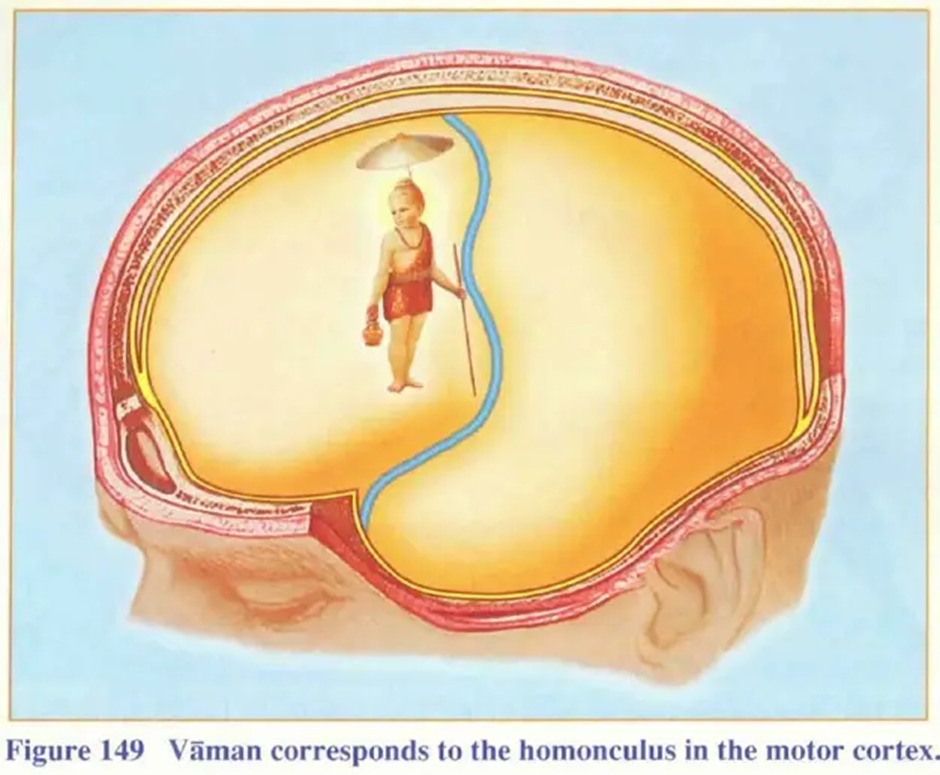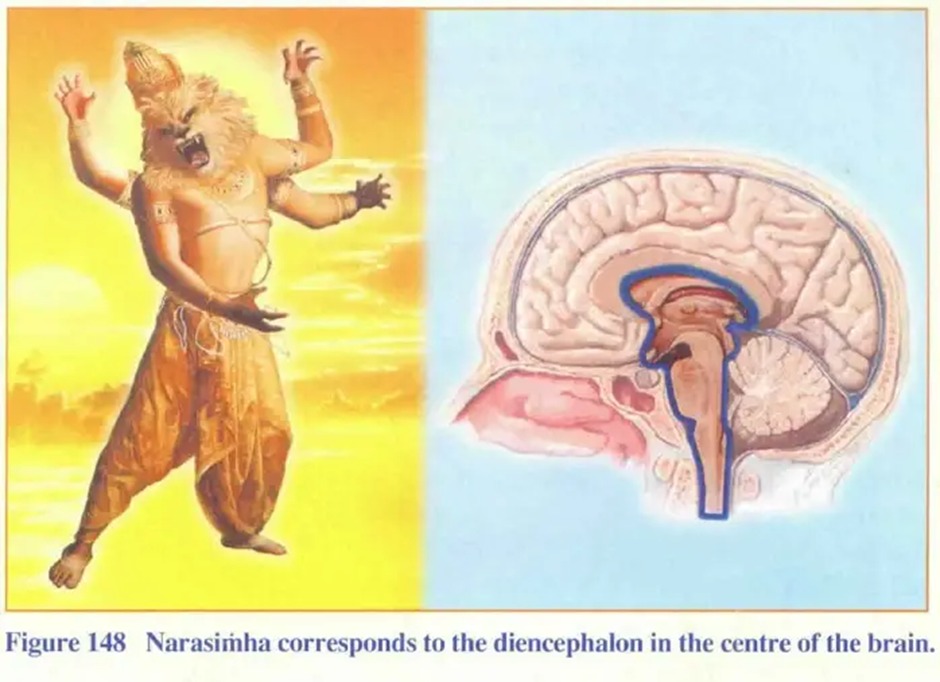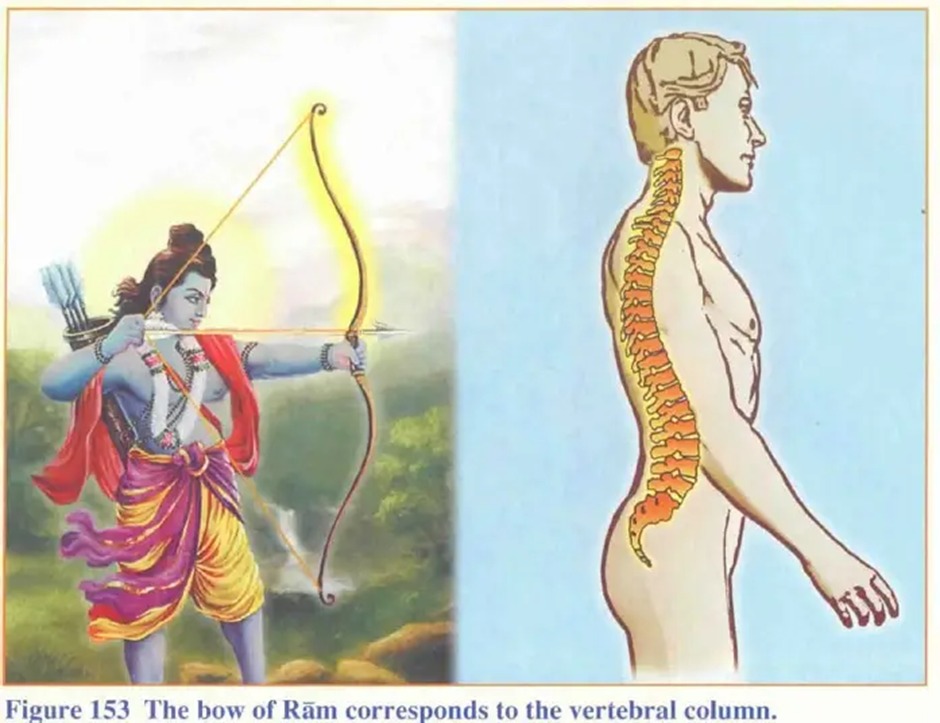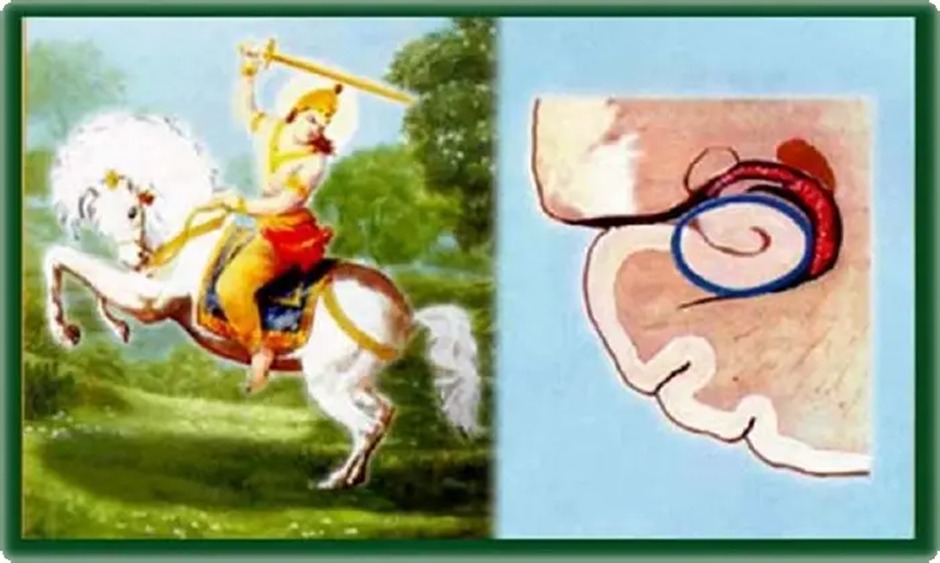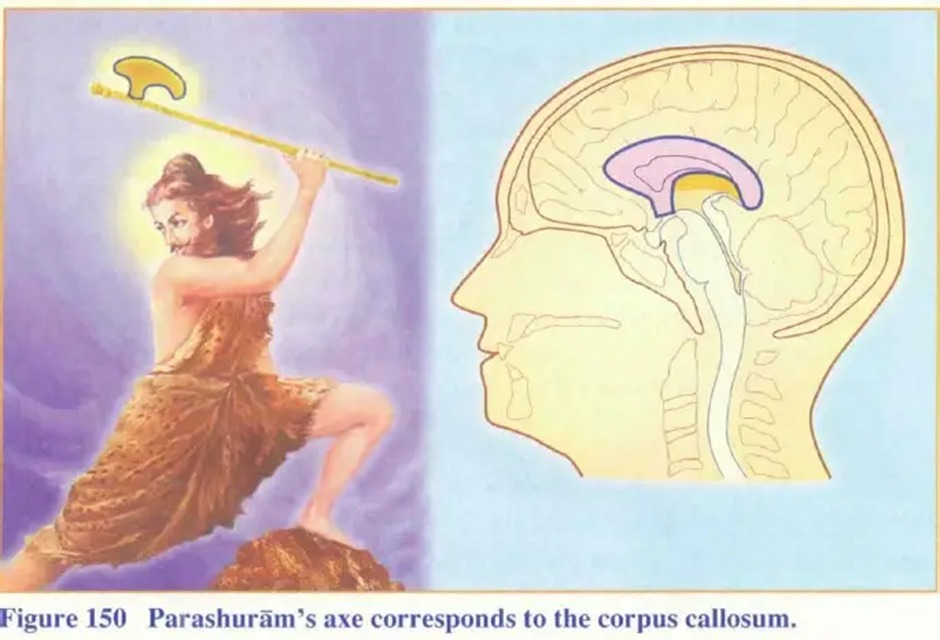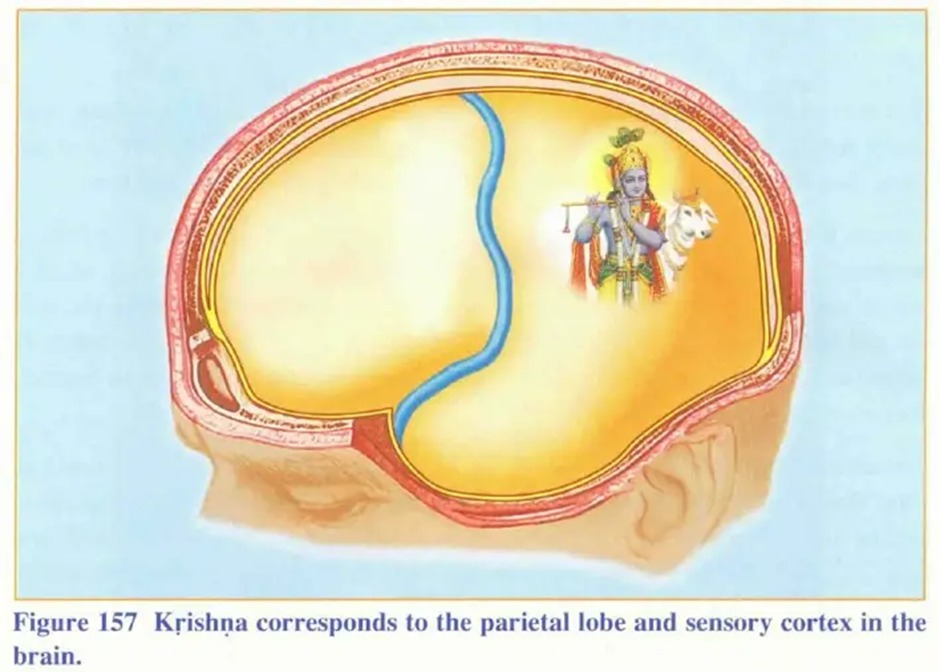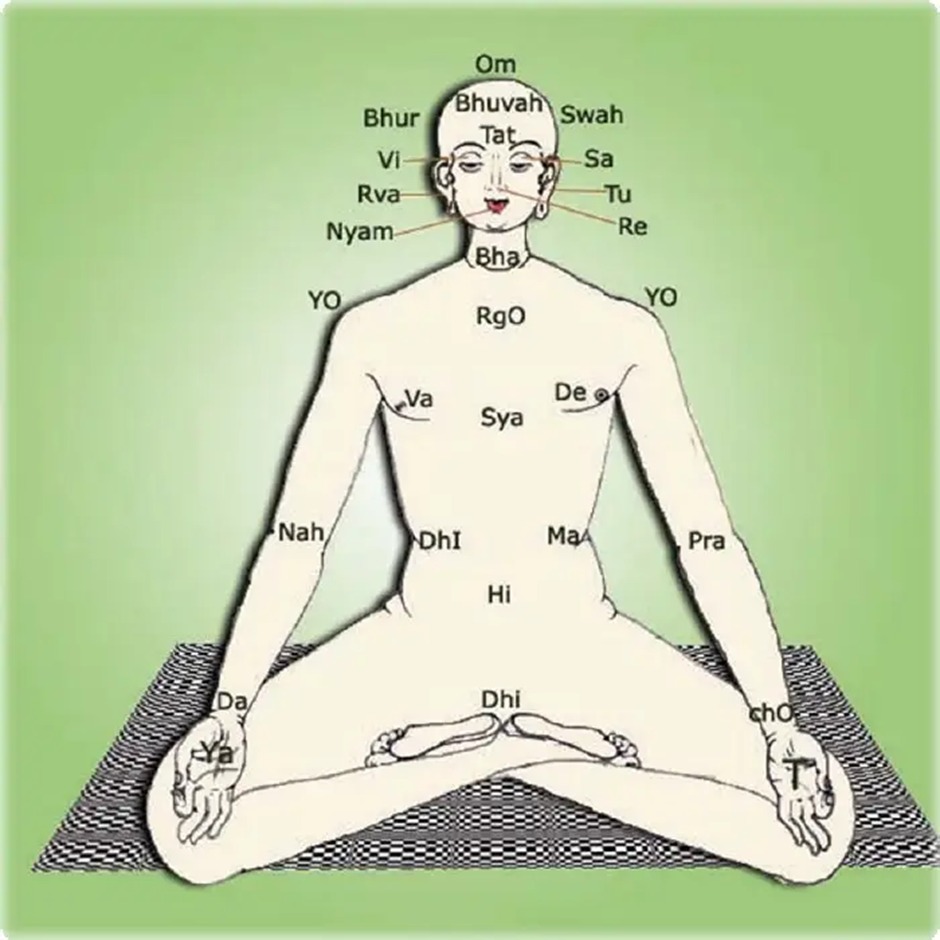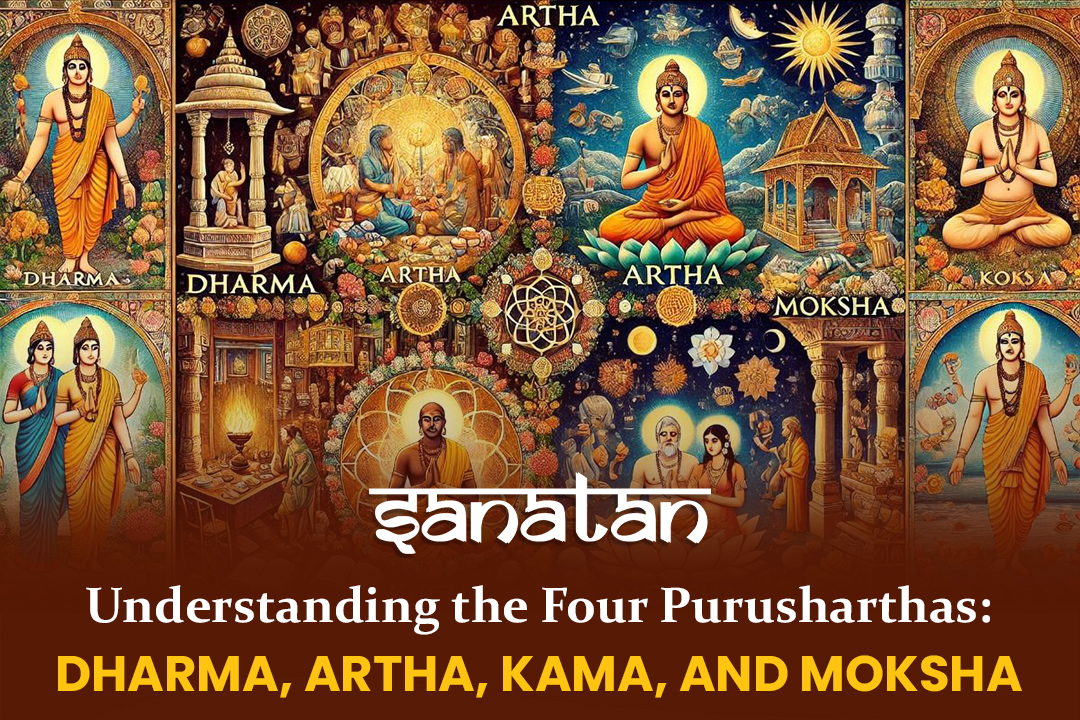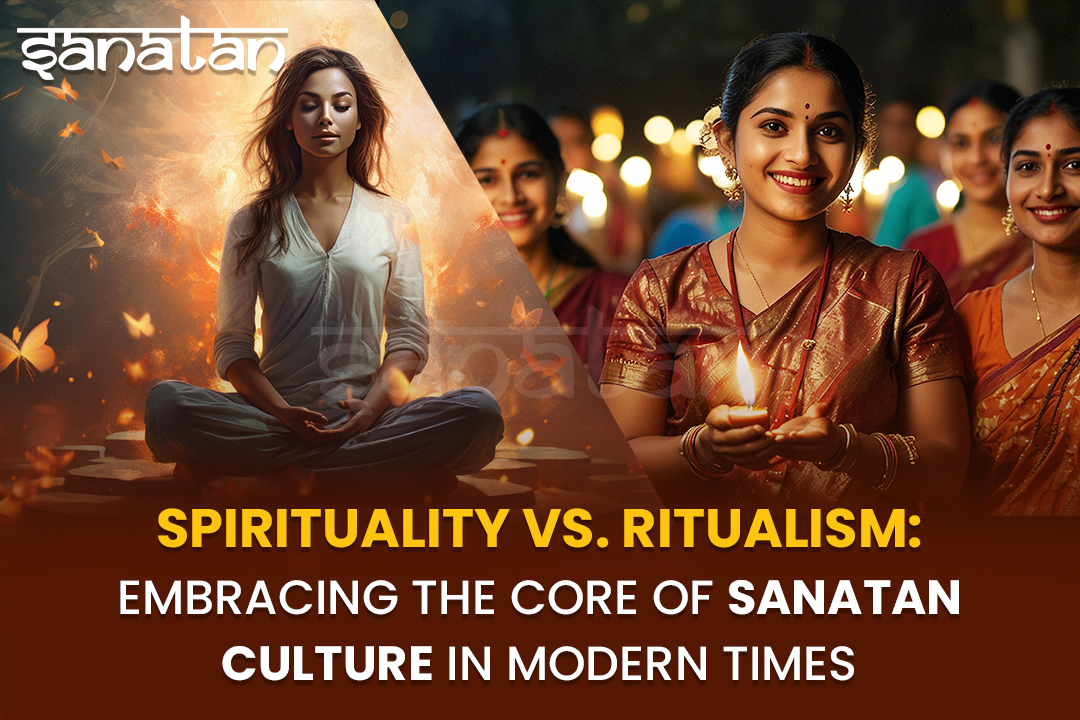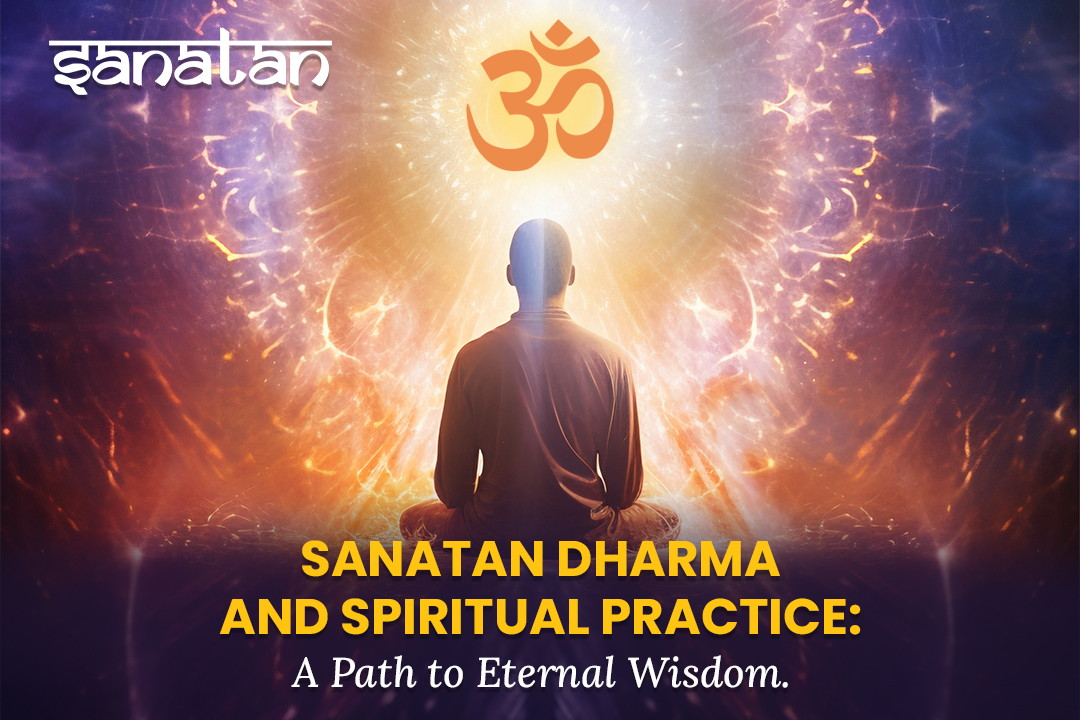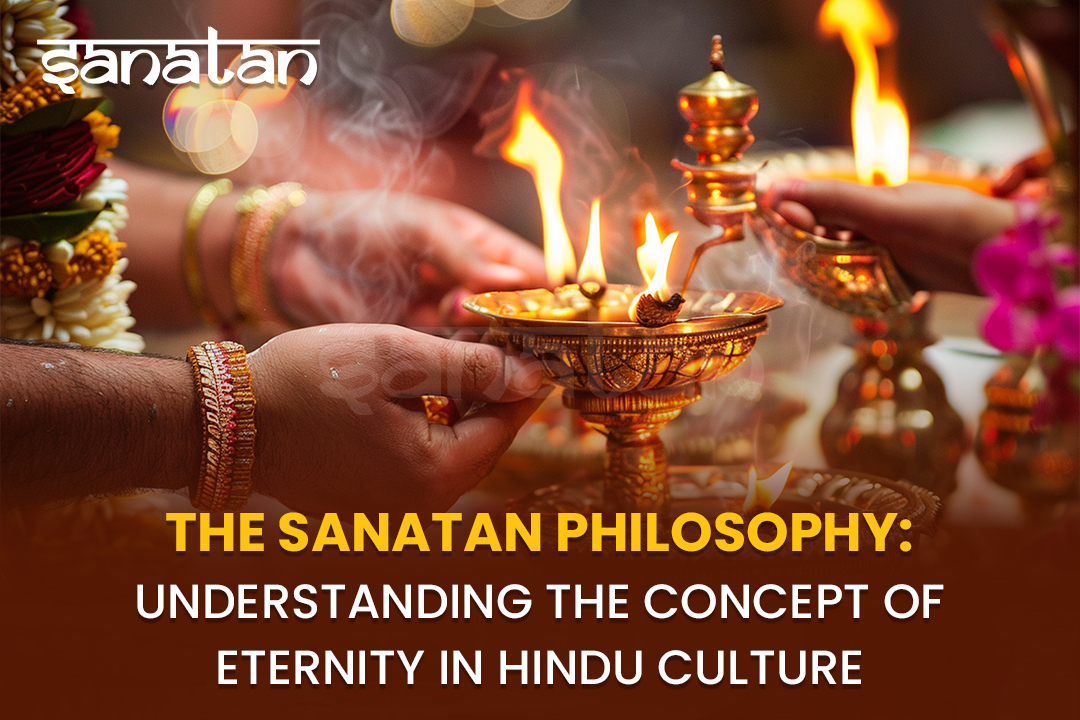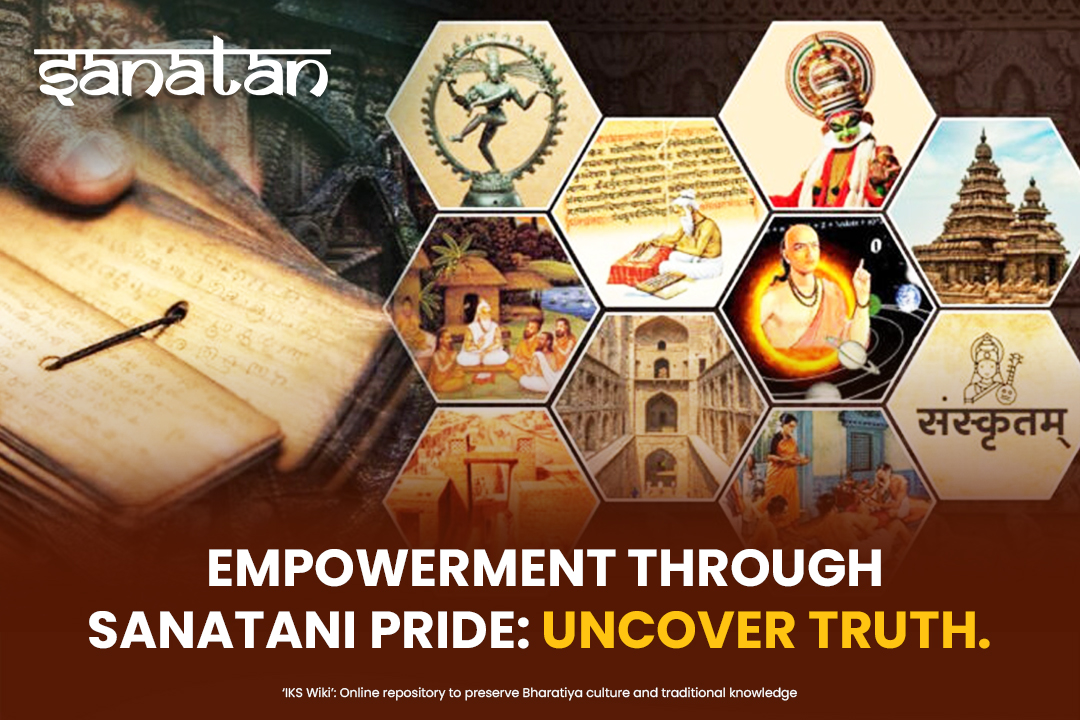Unveiling Divine Correspondences: The Intersection of Sanatan Wisdom and Brain Science
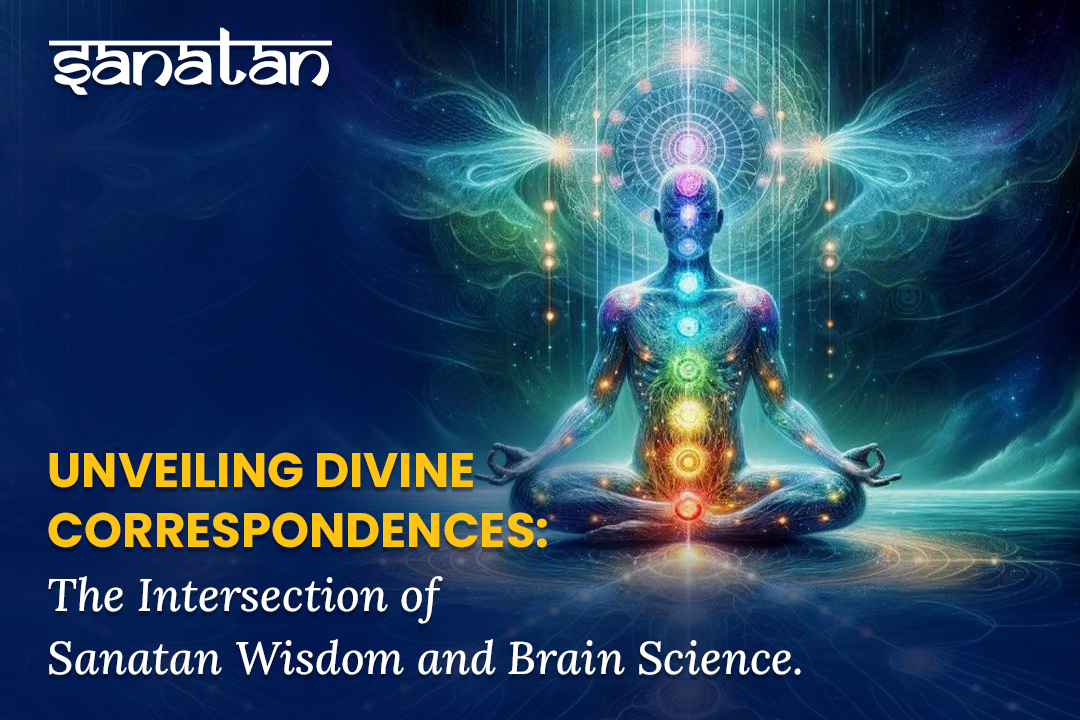
Sanatan Dharma, with its rich tapestry of spiritual and philosophical insights, offers profound connections between ancient symbols and modern scientific understanding. One fascinating area of exploration is the correlation between Sanatan deities and the human brain. This article delves into these correspondences, exploring how ancient wisdom reflects aspects of brain anatomy and function, and how modern seekers can connect with the universe through these timeless teachings.
The Lingam and the Brain: A Divine Reflection
In Sanatan Dharma, Lord Shiva is often depicted in the form of a Lingam, symbolizing the infinite and the formless. Intriguingly, this sacred symbol is thought to correspond to the entire brain. Just as the Lingam represents a boundless and unmanifested essence, the brain encompasses the entirety of human consciousness and thought. This profound connection suggests that the spiritual significance of the Lingam can be seen as a reflection of our own cognitive and spiritual potential.
Ganesha and the Brainstem: An Anatomical Insight
Lord Ganesha, known for his elephant head, is revered as the remover of obstacles. In a fascinating correlation, the shape of Ganesha's head is thought to correspond to the brainstem, which includes the pons, medulla, and cerebellum. The cerebellum, with its distinctive lobes, resembles the ears of Ganesha, reflecting the deity's role in balance and coordination. This correspondence highlights how ancient Sanatan symbols can mirror the intricacies of brain anatomy, offering a deeper understanding of both spiritual and physical realms.
Matsya and the Hormones: The Flow of Life
Matsya, the fish avatar of Vishnu, represents the essence of life and survival. In terms of brain science, Matsya can be associated with the hormones circulating in the body fluids. These hormones, crucial for maintaining homeostasis, align with the life-giving aspects of Matsya. This connection underscores how Sanatan wisdom encompasses a holistic understanding of biological processes, linking spiritual symbolism with physiological functions.
Kurma and the Hypophysis: The Central Hub
Kurma, the tortoise avatar of Vishnu, is believed to correspond to the portal system located in the hypophysis (pituitary gland) of the brain. The pituitary gland, often referred to as the "master gland," regulates various hormonal functions throughout the body. This correspondence illustrates how Kurma’s symbolism of stability and support mirrors the pituitary gland’s central role in maintaining bodily equilibrium.
Varaha and the Brainstem: Support and Protection
The boar avatar Varaha represents strength and support. In anatomical terms, Varaha can be associated with the brainstem, which supports the brain and connects it to the spinal cord. This correlation emphasizes the protective and sustaining roles of Varaha, highlighting how ancient symbols align with modern understanding of brain functions.
Vamana and the Motor Cortex: Precision and Control
Vamana, the dwarf avatar of Vishnu, is linked to the homunculus in the motor cortex of the brain. The homunculus represents the sensory and motor functions of different body parts, illustrating how Vamana’s symbolism of precision and control reflects the brain’s intricate system of movement and sensation. This connection enriches our understanding of how spiritual imagery can correspond to detailed aspects of brain structure.
Narasimha and the Diencephalon: Central Insight
Narasimha, the lion-man avatar of Vishnu, corresponds to the diencephalon, a central region of the brain involved in sensory and regulatory functions. This correlation highlights Narasimha’s role as a guardian and protector, mirroring the diencephalon’s critical role in maintaining sensory and regulatory balance.
Ram’s Bow and the Vertebral Column: Structural Alignment
Lord Ram’s bow is symbolically linked to the vertebral column, reflecting strength and structural integrity. The vertebral column supports the brain and spinal cord, aligning with Ram’s symbolism of support and resilience. This connection underscores how Sanatan symbols can represent fundamental aspects of human anatomy.
The Kalki Avatar and Future Transformation
The Kalki Avatar, prophesied to appear in the future, symbolizes the ultimate transformation and renewal of the world. This avatar's significance can be paralleled with the ongoing evolution of scientific understanding and spiritual awakening, suggesting a continuous journey of transformation and enlightenment.
Parashuram’s Axe and the Corpus Callosum: Bridging Hemispheres
Parashuram’s axe represents the power to cut through ignorance and illusion. This symbol can be associated with the corpus callosum, the structure in the brain that connects the two hemispheres and facilitates communication between them. This correspondence highlights the role of spiritual tools in bridging divides and enhancing understanding.
Krishna and the Parietal Lobe: Sensory Awareness
Lord Krishna, with his divine flute, corresponds to the parietal lobe and sensory cortex in the brain. The parietal lobe is involved in processing sensory information, reflecting Krishna’s role in guiding and enhancing sensory experiences. This alignment illustrates how spiritual figures can embody aspects of sensory and cognitive functions.
The Spiritual Connection: Gayatri Mantra and Cosmic Resonance
The Gayatri Mantra, a powerful Vedic chant, is known for its profound impact on the body and mind. Chanting this mantra is believed to harmonize the mind and body, aligning with the cosmic vibrations and promoting spiritual growth. This practice connects us to the universe, reinforcing the idea that spiritual practices can enhance our well-being and deepen our understanding of the divine.
The correspondence between Sanatan deities and brain anatomy offers a fascinating glimpse into how ancient wisdom aligns with modern scientific insights. By exploring these connections, we gain a deeper appreciation for the rich tapestry of Sanatan Dharma and its relevance to our understanding of the human body and mind. To delve further into this intriguing intersection, consider exploring Sanatan books that offer detailed insights into these correspondences. For those looking to expand their spiritual knowledge, Buy Spirituality Book that explore these themes and more. The journey of uncovering the divine truths embedded in Sanatan wisdom continues to illuminate our path toward spiritual and scientific enlightenment.
Referral Blog Links:
https://sanatanmystery.com/blog/ved-a-window-to-the-eternal-wisdom-of-vedic-culture
https://sanatanmystery.com/blog/understanding-the-sanatan-in-dharma
https://sanatanmystery.com/blog/why-discover-sanatan-culture-explore-our-best-selling-book
https://sanatanmystery.com/blog/the-mantra-om-science-spirituality-and-philosophy-in-vedas
https://sanatanmystery.com/blog/sanatana-dharmas-historical-roots-reveal-a-complex-journey




